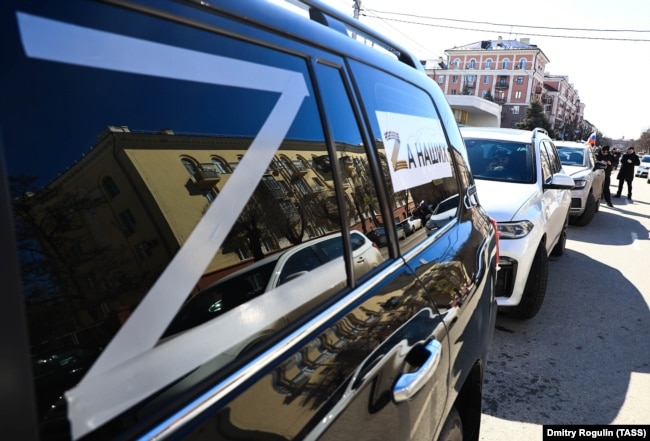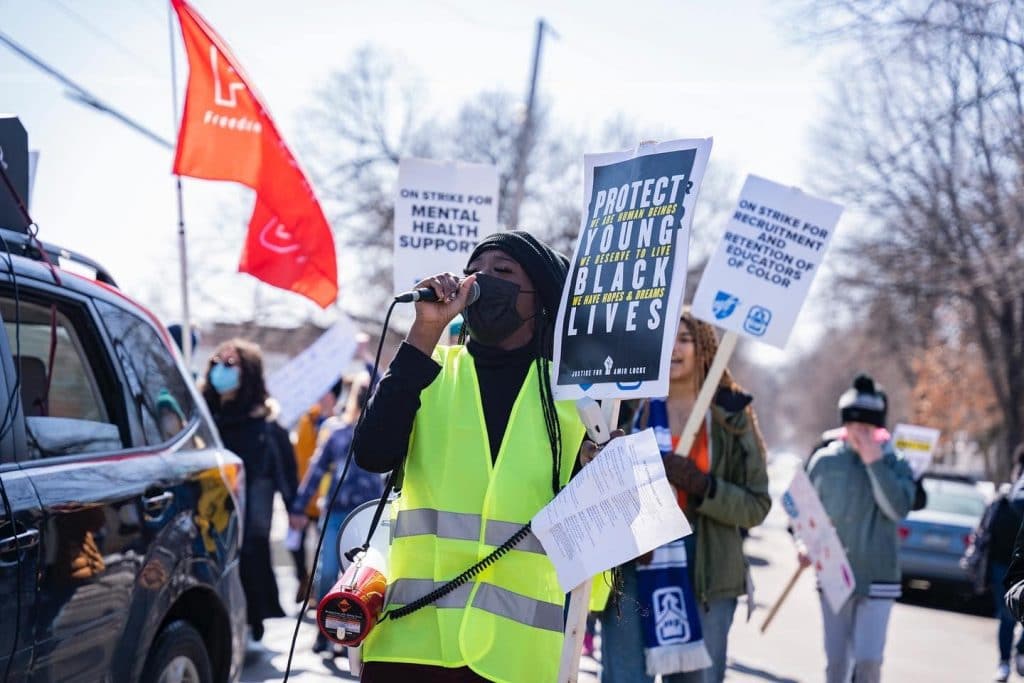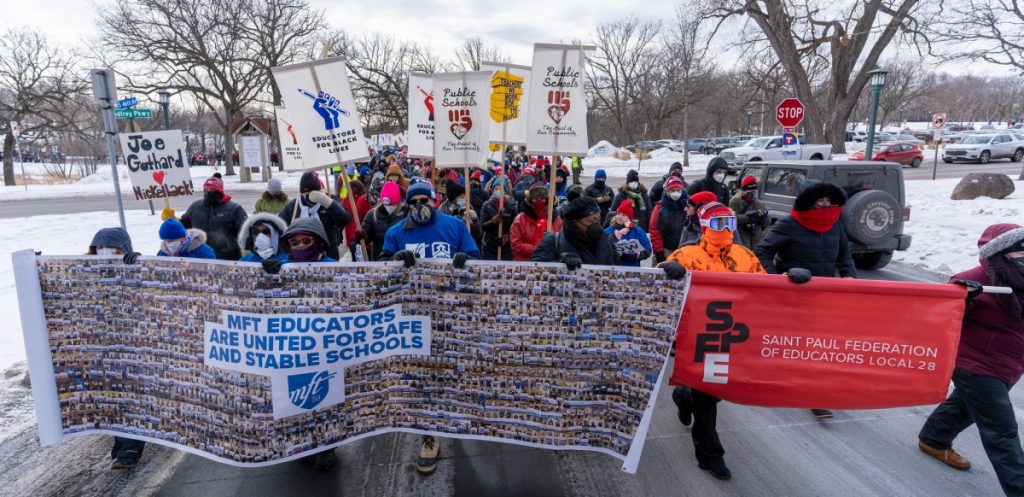MARCH 17, 2022
 Peter Kapuscinski / World Bank
Peter Kapuscinski / World Bank
For more than a decade between 2006 and 2017, Nepal, a small lower-middle-income country in the lap of the Himalayas, went through a chronic shortage of electricity supply. At the time of the crisis, the country had only about one gigawatt of power generation capacity for its almost 30 million population – one of the world’s lowest — despite an immense potential to generate hydroelectricity—up to 83 gigawatts. Nearly all electricity generation came from run-of-river hydropower plants. Between December and April (the dry season), only a quarter of the total capacity was available to generate electricity due to very low river discharge. The electricity load was poorly managed and underpriced, which meant the national grid was operating at a loss. These factors combined made the state electricity utility, Nepal Electricity Authority (NEA), impose load-shedding power outages for up to 14 hours a day.
Our recent research assesses the economic impact of Nepal's power crisis of 2008-2017 and provides insights into what can be done to avoid future load-shedding crises in poor, generation capacity-constrained economies .
Load shedding had high economic costs and greatly impeded Nepal’s economic development
How much did this power crisis cost Nepal’s economy? Our recent study estimates that Nepal could have lost US$11 billion value of GDP in nine years between 2008 and 2016 due to electricity load shedding—an amount almost equal to the country’s GDP in 2008 (see Figure below). On average, that foregone value would amount to more than 6% of its GDP annually during that period. Production in all sectors of the economy declined due to either lack of electricity supply or increased electricity costs due to expensive backup provisions, such as private, diesel-fired generation in the industrial sector and small battery storage devices in the residential sector. The effect of load shedding was particularly severe on the country’s investment climate. Our analysis suggests that in the absence of the load shedding, the average annual investment would have increased by 48% during the crisis period. Nepal’s international trade has also been affected: the load shedding crisis caused a 2.8% reduction in exports and a 5.4% reduction in imports. Even if firms used expensive diesel-fired backup systems to avoid load shedding, this could have saved only a tiny fraction of these economic costs. The loss of GDP with diesel-based backup would be 5.4% instead of 6% under the load shedding case.
Figure: Impacts of load shedding on key macroeconomic variables

Note. The Figure shows the annual average deviation from the CGE model baseline (%) during the 2008-2015 period. Source: Timilsina and Steinbuks (2021).
Tariff reform alone wouldn’t have solved the crisis
Underpricing of residential electricity services was one of several contributing factors to Nepal’s load-shedding crisis. The NEA was consistently operating at a loss during the crisis decade. For example, in 2016, the supply cost was 12 NR/kWh (US$0.11/kWh), and transmission and distribution loss in that year was 30%. The average revenue from all customers was only 10 NR/kWh (US$0.09/kWh). Would a standard textbook recipe of raising electricity tariffs have balanced supply and demand while generating sufficient revenues to improve the quality of supply and mitigate the consequences of the crisis? We answer this question in another recent study. This study asked a representative sample of more than 4,000 grid-connected households how much they would be prepared to pay every month—above and beyond the regular electricity bill—to avoid the outages they had experienced during the load shedding.
The results from this hypothetical exercise are striking. The average respondent reported 20 days a month with electricity outages (both announced and announced), and a good third of sample 30 or 31 outage-days a month. Compared to their electricity expenditures, households appeared to have a high valuation of reliable electricity services. Even though one-quarter of the sample was not prepared to pay anything to avoid these outages, the average respondent’s willingness to pay (WTP) was about 123 NR ($1.11) per month or 65% of the actual average monthly bill at the time of the survey. Even so, these valuations—which are high in relative terms—are not large enough to make up for the utility’s losses. When we convert our estimates to a Value of Lost Load (i.e., the WTP per kWh lost), our preferred estimates are in the range of 5 to 15 NR/kWh (¢4.7 to ¢14/kWh), and thus bracket the marginal cost of procuring additional supply at the time of the survey (¢20 to ¢30/kWh).
Efficient service delivery is necessary to achieve an affordable and reliable power supply
If raising residential electricity tariffs to the residential WTP levels was insufficient, what else could be done to improve the quality of Nepal’s residential power supply quality and avoid a future load-shedding crisis? The answer is to use existing physical capacity (which has doubled since the end of the crisis) and the country’s institutional resources more efficiently. Further efforts should be made to reduce the cost of electricity service. This includes improving institutional efficiency, reducing delays in power generation and transmission projects, and lowering commercial losses, especially leakage in bill payments. Expediting implementation of cross-border transmission lines and power trade arrangements is also crucial to avoid the underutilization of available hydropower generation facilities.
Authors

 Peter Kapuscinski / World Bank
Peter Kapuscinski / World BankFor more than a decade between 2006 and 2017, Nepal, a small lower-middle-income country in the lap of the Himalayas, went through a chronic shortage of electricity supply. At the time of the crisis, the country had only about one gigawatt of power generation capacity for its almost 30 million population – one of the world’s lowest — despite an immense potential to generate hydroelectricity—up to 83 gigawatts. Nearly all electricity generation came from run-of-river hydropower plants. Between December and April (the dry season), only a quarter of the total capacity was available to generate electricity due to very low river discharge. The electricity load was poorly managed and underpriced, which meant the national grid was operating at a loss. These factors combined made the state electricity utility, Nepal Electricity Authority (NEA), impose load-shedding power outages for up to 14 hours a day.
Our recent research assesses the economic impact of Nepal's power crisis of 2008-2017 and provides insights into what can be done to avoid future load-shedding crises in poor, generation capacity-constrained economies .
Load shedding had high economic costs and greatly impeded Nepal’s economic development
How much did this power crisis cost Nepal’s economy? Our recent study estimates that Nepal could have lost US$11 billion value of GDP in nine years between 2008 and 2016 due to electricity load shedding—an amount almost equal to the country’s GDP in 2008 (see Figure below). On average, that foregone value would amount to more than 6% of its GDP annually during that period. Production in all sectors of the economy declined due to either lack of electricity supply or increased electricity costs due to expensive backup provisions, such as private, diesel-fired generation in the industrial sector and small battery storage devices in the residential sector. The effect of load shedding was particularly severe on the country’s investment climate. Our analysis suggests that in the absence of the load shedding, the average annual investment would have increased by 48% during the crisis period. Nepal’s international trade has also been affected: the load shedding crisis caused a 2.8% reduction in exports and a 5.4% reduction in imports. Even if firms used expensive diesel-fired backup systems to avoid load shedding, this could have saved only a tiny fraction of these economic costs. The loss of GDP with diesel-based backup would be 5.4% instead of 6% under the load shedding case.
Figure: Impacts of load shedding on key macroeconomic variables

Note. The Figure shows the annual average deviation from the CGE model baseline (%) during the 2008-2015 period. Source: Timilsina and Steinbuks (2021).
Tariff reform alone wouldn’t have solved the crisis
Underpricing of residential electricity services was one of several contributing factors to Nepal’s load-shedding crisis. The NEA was consistently operating at a loss during the crisis decade. For example, in 2016, the supply cost was 12 NR/kWh (US$0.11/kWh), and transmission and distribution loss in that year was 30%. The average revenue from all customers was only 10 NR/kWh (US$0.09/kWh). Would a standard textbook recipe of raising electricity tariffs have balanced supply and demand while generating sufficient revenues to improve the quality of supply and mitigate the consequences of the crisis? We answer this question in another recent study. This study asked a representative sample of more than 4,000 grid-connected households how much they would be prepared to pay every month—above and beyond the regular electricity bill—to avoid the outages they had experienced during the load shedding.
The results from this hypothetical exercise are striking. The average respondent reported 20 days a month with electricity outages (both announced and announced), and a good third of sample 30 or 31 outage-days a month. Compared to their electricity expenditures, households appeared to have a high valuation of reliable electricity services. Even though one-quarter of the sample was not prepared to pay anything to avoid these outages, the average respondent’s willingness to pay (WTP) was about 123 NR ($1.11) per month or 65% of the actual average monthly bill at the time of the survey. Even so, these valuations—which are high in relative terms—are not large enough to make up for the utility’s losses. When we convert our estimates to a Value of Lost Load (i.e., the WTP per kWh lost), our preferred estimates are in the range of 5 to 15 NR/kWh (¢4.7 to ¢14/kWh), and thus bracket the marginal cost of procuring additional supply at the time of the survey (¢20 to ¢30/kWh).
Efficient service delivery is necessary to achieve an affordable and reliable power supply
If raising residential electricity tariffs to the residential WTP levels was insufficient, what else could be done to improve the quality of Nepal’s residential power supply quality and avoid a future load-shedding crisis? The answer is to use existing physical capacity (which has doubled since the end of the crisis) and the country’s institutional resources more efficiently. Further efforts should be made to reduce the cost of electricity service. This includes improving institutional efficiency, reducing delays in power generation and transmission projects, and lowering commercial losses, especially leakage in bill payments. Expediting implementation of cross-border transmission lines and power trade arrangements is also crucial to avoid the underutilization of available hydropower generation facilities.
Authors

Jevgenijs Steinbuks
Senior Economist, Development Research Group
MORE BLOGS BY JEVGENIJS

Govinda Timilsina
Senior Research Economist, Department Research Group, World Bank
MORE BLOGS BY GOVINDA

Anna Alberini
Professor in the Department of Agricultural and Resources Economics at the University of Maryland, College Park
MORE BLOGS BY ANNA





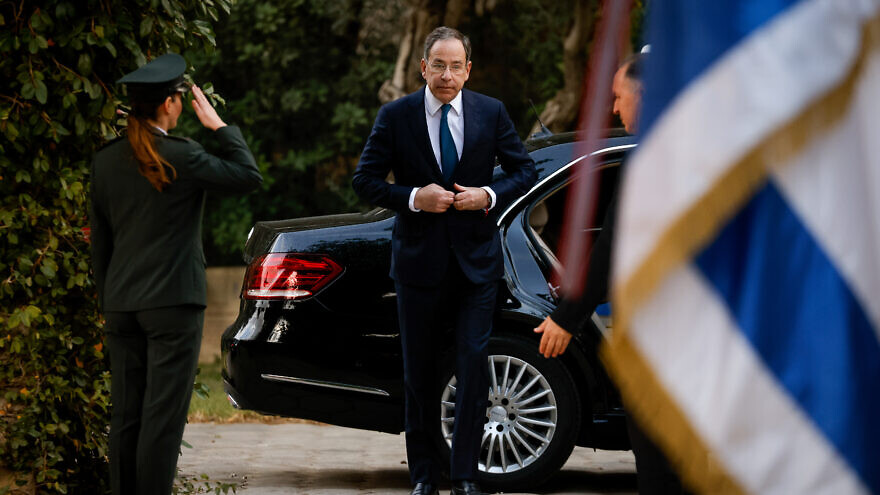



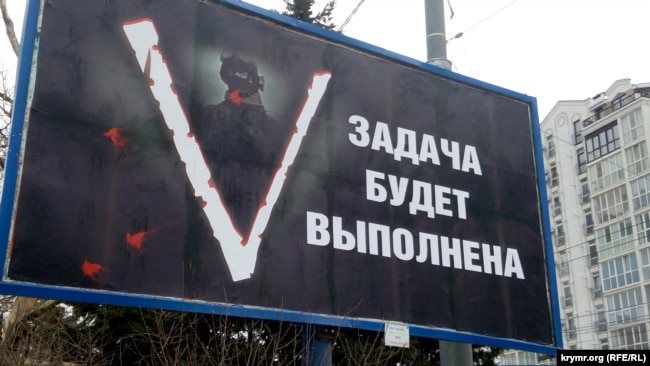 Propaganda posters in support of Moscow's invasion of Ukraine in Sevastopol in Russian-occupied Crimea.
Propaganda posters in support of Moscow's invasion of Ukraine in Sevastopol in Russian-occupied Crimea.